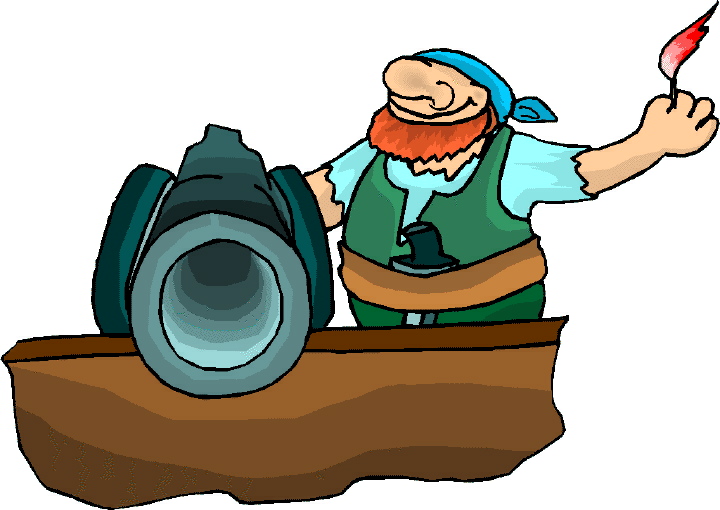 Pirates and Privateers Pirates and Privateers
The History of Maritime
Piracy
Cindy Vallar, Editor
& Reviewer
P.O. Box 425,
Keller, TX 76244-0425
    
Books for
Adults ~ History Piracy

The Problem of Piracy in the
Early Modern World
Maritime Predation, Empire, and the Construction of
Authority at Sea
edited by John Coakley, C. Nathan Kwan, and David Wilson
Amsterdam University, 2024, ISBN 979-8-218-53232-1, US
$156.00 / UK £128.00 / Euro €141.00
Also available in other formats
    
Recent
events demonstrate that politics and economics
influence what happens in the world. This includes
the ebb and flow of piracy, both now and in the
past. Depending on the time and place, states
tolerate it until the depredations adversely affect
commerce or political objectives. This is when
states take action to suppress piracy, although
fully eradicating it has yet to occur. The
Problem of Piracy in the Early Modern World
investigates “the relationship between European
states and maritime predation, especially in Asian,
Atlantic, and European waters between the fifteenth
and eighteenth centuries.” (11)
As the editors point out in the introduction, the
lack of a clear-cut definition of who is a pirate
complicates these issues as well our attempts to
study this phenomenon. To counteract this, these
essays focus on specific cases in defined areas,
such as the Caribbean or Southeast Asia. The book is
divided into three sections: Jurisdiction,
Practices, and Representations. The first pertains
to how states seek to control seafarers and what
they do. The second looks at moments in time when
those seafarers are deemed to be pirates. The final
section involves how the states or pirates
themselves see them. As a result, readers comprehend
common themes: “the relationship between pirates and
states; the numerous and overlapping motivations for
maritime predation; and, finally, the ways in which
certain sea raiders were rhetorically made into
pirates.” (12)
The editors also examine legal attempts to define
piracy and how states use pirates to their advantage
when it suits their purpose and suppress them when
it does not. The disparity in definitions and
individual states’ prejudices play roles in this, as
shown in Martin Müller’s “Primitive, Peregrinate,
Piratical: Framing Southeast Asian Sea-Nomads in
Nineteenth-Century Colonial Discourse and Imperial
Practice,” and Anna Diamantouli’s “‘Our Affairs with
the Pyratical States’: The United States and the
Barbary Crisis, 1784-1797.”
Although the essays discuss actions of a state
either for or against pirates, the state’s viewpoint
is not the only one presented. Individual authors
also analyze the seafarers and what they do before
looking at the state’s conduct. What becomes
apparent in reading these contributions is that
discord at sea, commerce, and colonial expansion are
intricately interwoven and as such, generate and
intensify the factors that lead to piracy. Examples
of this are found in Simon Egan’s “Scots,
Castilians, and Other Enemies: Piracy in the Late
Medieval Irish Sea World,” John Coakley’s “Local
Maritime Jurisdiction in the Early English
Caribbean,” and Steven J. Pitt’s “Boston, Logwood,
and the Rise and Decline of the Pirates, 1713 to
1728.”
Media coverage also impacts how citizens view
pirates and their depredations. Cultural bias
influences these presentations, as do how the states
wish the public to perceive, for good or bad, those
responsible. This leads to misleading
interpretations and tropes that cause us to either
romanticize or demonize pirates, instead of seeing
them for who and what they really are. Sometimes,
even the pirates themselves influence how we see
them. These are aspects discussed in Wim de Winter’s
“Pirate Encounters and Perceptions of
Southern-Netherlandish Sailors on the North Sea and
the Indian Ocean, 1704-1781,” James Rankine’s “Henry
Glasby: Atypical Pirate or a Typical Pirate?”, and
Rebecca James’s “‘A Fellow! I think, in all
Respects, worthy your Esteem and Favour’: Fellowship
and treachery in A General History of the
Pyrates, 1724-1734.”
This volume is part of the Maritime Humanities,
1400-1800: Cultures of the Sea series, which
examines the cultural transitions from land to
oceans as regards commerce, exploration, and travel.
In addition to the eight essays found within these
pages, there are tables and maps, a bibliography,
and an index. Each chapter includes an abstract,
keywords, footnotes, and its own list of consulted
sources, both primary and secondary, as well as the
author’s qualifications for writing the chapter. The
editors introduce this volume, while Claire Jowitt
pens the afterword.
This book aptly demonstrates two key points: one
state’s pirates may not be defined as such by
another, and that although maritime depredations
exist worldwide, western views on what constitute
piracy aren’t universal. For example, Müller shows
that until Europeans ventured into Asian waters,
piracy was “an unknown phenomenon.” (58)
Two of the most fascinating chapters, from this
reviewer’s perspective, are Pitt’s and Rankine’s.
While logwood often earns mention in most pirate
histories, Pitt examines this subject from a
different perspective and shows that its ties to
Boston play a role in the rise in piracy following
the War of the Spanish Succession. During this
discourse, he focuses on Blackbeard and Edward Low,
and shows how this seaport both facilitates piracy
and influences its decline. Henry Glasby, the
subject of Rankine’s chapter, is somewhat of a
chameleon; the decisions he makes and the actions he
takes allow him to survive both his captivity as one
of Bartholomew Roberts’s crew and as a crown witness
against the men with whom he serves. From his
testimony we view how pirate crews work and the
complexity of life aboard a pirate ship.
The Problem of Piracy in the Early Modern World
is both insightful and compelling. The price is
steep for lay readers, but the content is worth the
price for those with a keen interest in pirate
history and how the world’s understanding of piracy
changes depending on global and individual realities
at different periods in time and place. It is also
highly recommended for academic collections.
Review
Copyright ©2025 Cindy Vallar

Click to contact me
Background image compliments
of Anke's Graphics |

